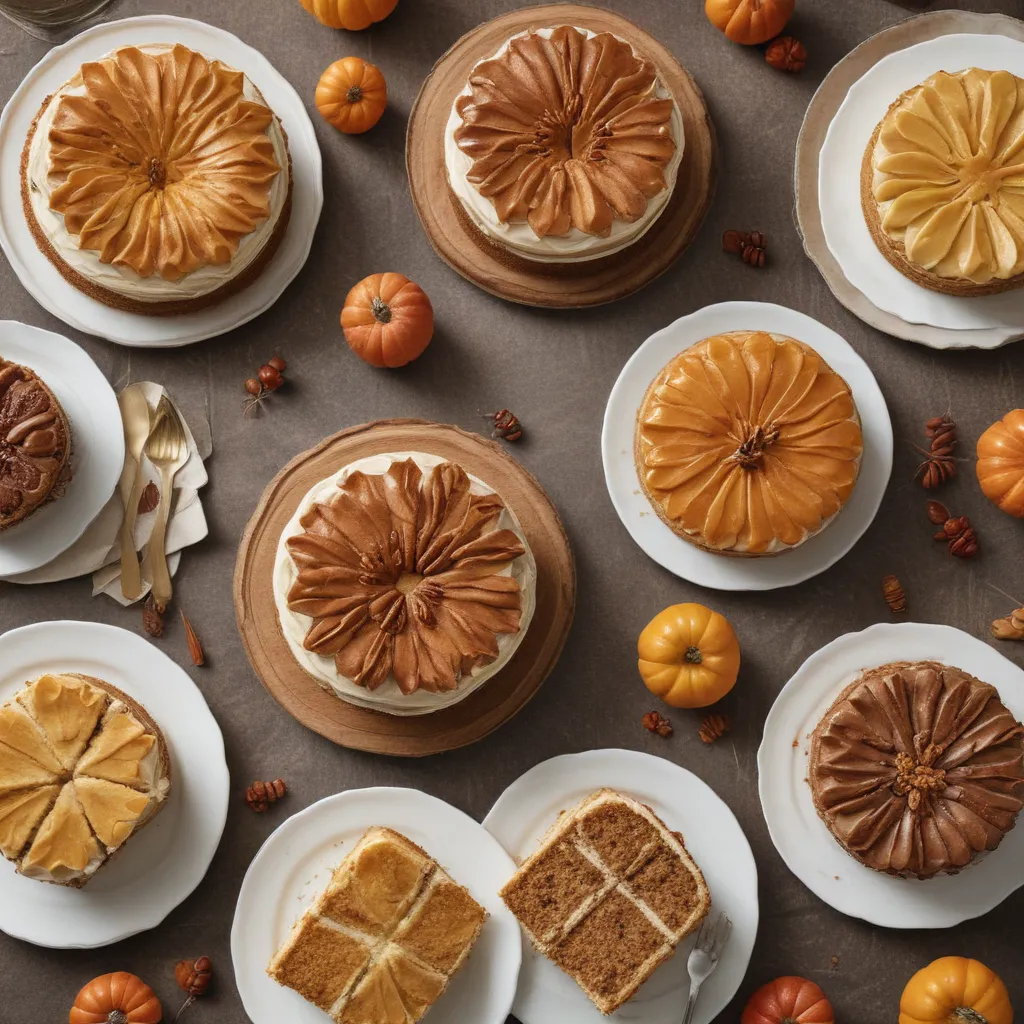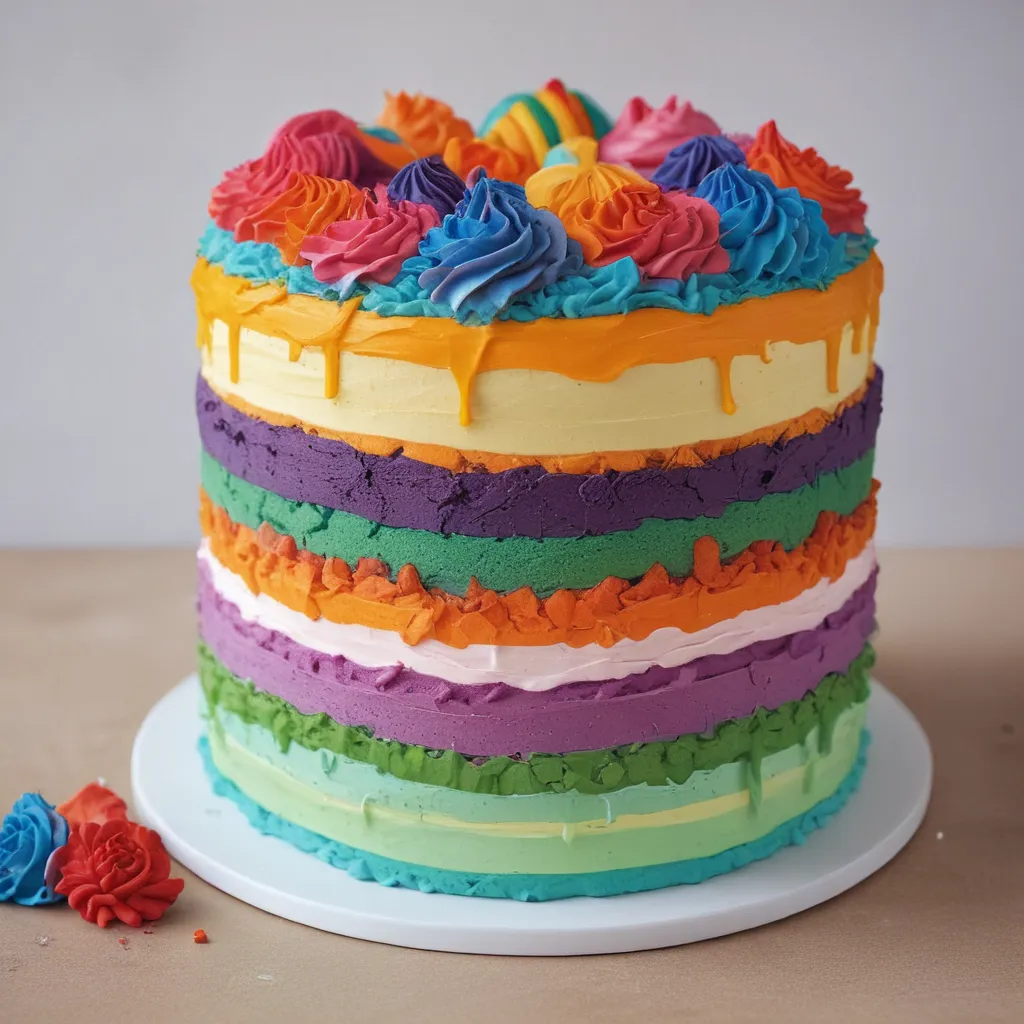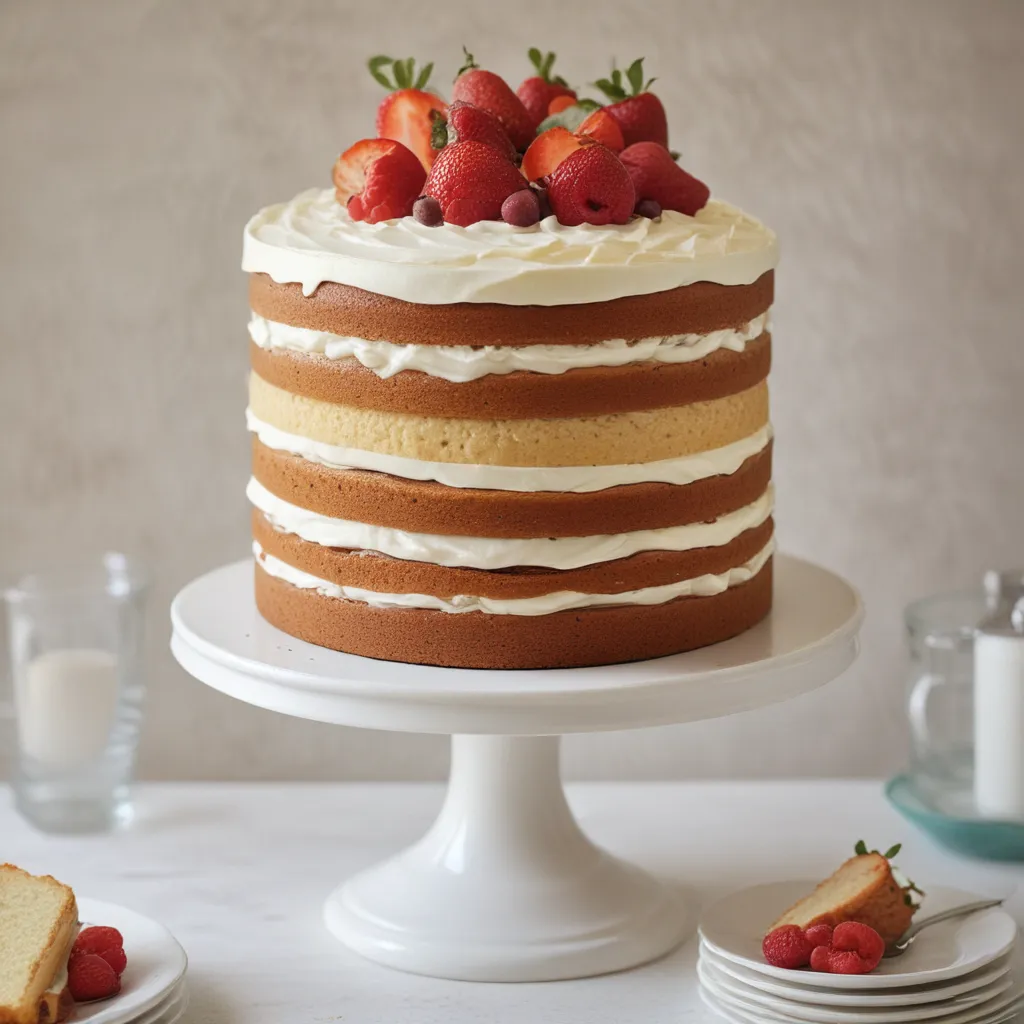Ah, the humble cake – a delectable treat that has the power to bring joy and delight to any occasion. But, as any seasoned baker knows, creating the perfect cake can be a true test of skill and patience. From towering layer cakes to delicate cupcakes, the world of cake baking is fraught with potential pitfalls that can leave even the most experienced home chef scratching their head.
Cracking the Code: Understanding Cake Baking Fundamentals
As the owner of Jax Cake Shop, a beloved custom cake destination in the heart of San Jose, I’ve had my fair share of encounters with cake-related conundrums. Over the years, I’ve come to realize that the key to successful cake baking lies in mastering the underlying principles. It’s not just about following a recipe to the letter; it’s about understanding the chemistry, the science, and the art that goes into every delectable morsel.
Let me take you on a journey through the world of cake baking, where we’ll explore the common mistakes that can derail even the most well-intentioned bakers, and discover the strategies and techniques to overcome them. Whether you’re a novice baker or a seasoned pro, this guide will equip you with the knowledge and confidence to tackle any cake-related challenge that comes your way.
Cracking the Case: Diagnosing Common Cake Baking Blunders
One of the most frustrating experiences for a baker is to pour their heart and soul into a cake, only to have it come out of the oven looking like a disaster. But fear not, my fellow cake enthusiasts, for I’m here to shed light on the most common cake baking mistakes and offer practical solutions to help you avoid them.
Flat and Dense Cakes: When the Rise Falls Flat
Ah, the dreaded flat and dense cake – a baking nightmare that can leave even the most seasoned baker feeling deflated. But fear not, for I have the keys to unlocking the secrets of airy, fluffy cakes. The culprit behind this conundrum often lies in the leavening agents, such as baking powder or baking soda. If the proportions are off, or if they’re not properly incorporated, the result can be a cake that’s as flat as a pancake. Additionally, overmixing the batter can lead to the development of too much gluten, resulting in a dense, heavy texture.
To remedy this issue, I recommend carefully measuring your leavening agents and incorporating them gently into the batter. Avoid overbeating the mixture, as this can inadvertently activate the gluten and compromise the structure of your cake. Experiment with different leavening agents or even a combination of baking powder and baking soda to find the perfect balance for your recipe. And don’t forget to ensure your oven is preheated to the right temperature – a lack of oven spring can also contribute to a flat, dense cake.
Soggy Bottoms: Preventing the Dreaded Moisture Mishap
Ah, the dreaded soggy bottom – a scourge that can strike fear into the heart of even the most confident cake baker. This maddening moisture conundrum can ruin an otherwise perfectly baked cake, leaving you with a soggy, unappetizing mess. But fear not, my baking brethren, for I have the solution to this damp dilemma.
The culprit behind the soggy bottom often lies in the baking vessel itself. If your cake tin or pan isn’t sufficiently greased or lined, the moisture from the batter can become trapped, leading to a soggy, dense bottom. Additionally, using a pan that’s too small for the amount of batter can result in the same problem, as the cake will struggle to bake evenly.
To combat the soggy bottom, I recommend thoroughly greasing your baking tin with butter or non-stick cooking spray, and lining the bottom with parchment paper for extra insurance. Ensure that your pan is the appropriate size for the amount of batter, and consider using a dark-colored tin, as these tend to conduct heat more efficiently and prevent the bottom from becoming overly moist.
But the battle against the soggy bottom doesn’t end there. Proper oven temperature and baking time are also crucial factors. If your oven is too hot, the top of the cake may bake too quickly, while the bottom remains undercooked and damp. Conversely, if the oven temperature is too low, the entire cake may struggle to set properly. Experiment with adjusting the oven temperature and baking time until you find the sweet spot for your recipe.
Cracked Tops: When the Cake’s Crown Becomes Calamitous
Ah, the dreaded cracked cake top – a baking blunder that can turn even the most meticulously crafted cake into a source of frustration and disappointment. But fear not, my fellow bakers, for I have the secrets to preventing this unsightly conundrum.
The culprit behind the cracked cake top often lies in the oven temperature and baking time. If the oven is too hot, the exterior of the cake may bake too quickly, leading to a cracked and uneven surface. Conversely, if the baking time is too long, the cake may become overly dry, causing the top to crack and split.
To avoid this pesky predicament, I recommend starting with a slightly lower oven temperature and gradually increasing it as the cake bakes. This gradual heating allows the interior to catch up with the exterior, preventing the dreaded crack. Additionally, be mindful of the baking time and resist the temptation to open the oven door too frequently, as this can cause the temperature to fluctuate and contribute to the cracked top.
Another potential factor in the cracked cake top debacle is the use of too much leavening agent. If the recipe calls for an excessive amount of baking powder or baking soda, the cake may rise too quickly, leading to a cracked and uneven surface. Be sure to follow the recipe’s instructions precisely and consider reducing the leavening agent if you’ve encountered this issue in the past.
Dry and Crumbly Cakes: Conquering the Curse of the Arid Dessert
Ah, the dreaded dry and crumbly cake – a baking conundrum that can leave even the most seasoned pastry chef feeling like a disheartened desert wanderer. But fear not, my fellow cake enthusiasts, for I have the secrets to reviving your desserts and transforming them into moist, tender morsels of delight.
The culprit behind the dry and crumbly cake often lies in the delicate balance of ingredients. If the ratio of dry to wet ingredients is off, the result can be a cake that’s as dry and brittle as a desert tumbleweed. Additionally, overbaking can rob your cake of its precious moisture, leaving you with a dessert that’s as crumbly as a broken-down old wagon.
To combat this desiccated dilemma, I recommend carefully measuring your ingredients and closely following the recipe. Pay close attention to the liquid-to-dry ratio, and consider adding a touch more moisture-rich ingredients, such as eggs, oil, or buttermilk, to the batter. Additionally, be vigilant about the baking time and keep a close eye on your cake as it bakes, removing it from the oven as soon as a toothpick inserted into the center comes out clean.
But the battle against the dry and crumbly cake doesn’t end there. Proper storage and handling can also make a significant difference. After baking, be sure to let your cake cool completely before slicing or handling it, as this can help preserve its tender, moist texture. And when it comes to storage, consider wrapping the cake tightly in plastic wrap or placing it in an airtight container to lock in the precious moisture.
Lopsided Layers: Taming the Tilting Tower of Cake
Ah, the dreaded lopsided cake – a baking blunder that can turn even the most meticulously crafted layer cake into a veritable tower of terror. But fear not, my fellow cake enthusiasts, for I have the secrets to keeping your layers perfectly level and your towering treats standing tall.
The culprit behind the lopsided layer cake often lies in the baking process itself. If the cake batter is unevenly distributed in the pans, or if the pans are not properly leveled in the oven, the result can be a toppling tower of cake that leaves even the most seasoned baker scratching their head.
To prevent this precarious predicament, I recommend taking the time to evenly distribute the batter in your pans, ensuring that each layer has the same amount of mixture. You can even consider using a kitchen scale to measure the batter, ensuring perfect parity between the layers. Additionally, be sure to level your oven racks and position the pans in the center of the oven, minimizing any potential hot spots that could lead to uneven baking.
But the battle against the lopsided layer cake doesn’t end there. Proper cooling and assembly are also crucial factors. After baking, be sure to let your cakes cool completely on a wire rack before attempting to assemble them. This will help prevent any warping or distortion as the layers cool. And when it comes time to stack your layers, use a turntable or rotating cake stand to ensure they’re perfectly aligned and level.
Putting It All Together: Mastering the Art of Cake Baking
Ah, the world of cake baking – a realm where science and creativity collide, where even the smallest misstep can spell disaster, and where the rewards of a perfectly baked treat are as sweet as the cake itself. But fear not, my fellow bakers, for with the tips and tricks I’ve shared, you’ll be well on your way to conquering even the most perplexing cake-related conundrums.
Remember, the key to successful cake baking lies in understanding the fundamental principles, from the role of leavening agents to the importance of proper oven temperature and baking time. By mastering these principles and troubleshooting the common mistakes, you’ll be able to tackle any cake-related challenge that comes your way.
And as the owner of Jax Cake Shop, I can attest to the immense satisfaction that comes from crafting a truly magnificent cake. Whether it’s a towering layer cake for a special occasion or a batch of perfectly moist cupcakes for a celebratory gathering, the joy and delight that a well-baked cake can bring is truly unmatched.
So, my fellow bakers, let’s embark on this delectable journey together, armed with the knowledge and confidence to create cakes that will delight and impress all who behold them. After all, what could be more rewarding than sharing the fruits of your labor with those you love? Happy baking, and may your cakes rise to new heights of perfection!
And if you’re in the San Jose area and in need of a custom cake that’s as stunning as it is delicious, be sure to visit Jax Cake Shop – where we pride ourselves on creating truly remarkable desserts that will leave your guests in awe.





